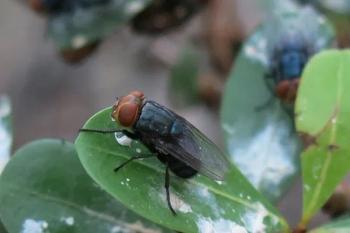
Study Uncovers a Lethal Secret of 1918 Influenza Virus
MADISON, WI - 1/25/07 - In a study of nonhuman primates infected with the influenza virus that killed 50 million people in 1918, an international team of scientists found a critical clue to how the virus killed so quickly and efficiently.
MADISON, WI – 1/25/07 – In a study of nonhuman primates infected with the influenza virus that killed 50 million people in 1918, an international team of scientists found a critical clue to how the virus killed so quickly and efficiently.
Writing in the journal Nature, a team led by University of Wisconsin-Madison veterinary virologist Yoshihiro Kawaoka reveals how the 1918 virus - modern history's most savage influenza strain - unleashes an immune response that destroys the lungs in a matter of days, leading to death.
The finding is important because it provides insight into how the virus that swept the world in the closing days of World War I was so efficiently deadly, claiming many of its victims in the prime of life. The work suggests that it may be possible in future outbreaks of highly pathogenic flu to stem the tide of death through early intervention.
The study "proves the 1918 virus was indeed different from all of the other flu viruses we know of," says Kawaoka, a professor in the UW-Madison School of Veterinary Medicine and at the University of Tokyo.
The new study, conducted at the Public Health Agency of Canada's National Microbiology Laboratory in Winnipeg, Manitoba, used the 1918 flu virus, which has been reconstructed by researchers using genes obtained from the tissues of victims of the great pandemic in a reverse genetics process that enables scientists to make fully functioning viruses.
"In 1918, the existence of viruses had barely been recognized. In fact, the influenza virus wasn't identified until 1933. Thanks to recent technological advancements, we are now able to study this virus and how it wreaked havoc around the globe," explains Darwyn Kobasa, research scientist with the Public Health Agency of Canada and lead author of the new study. "This research provides an important piece in the puzzle of the 1918 virus, helping us to better understand influenza viruses and their potential to cause pandemics."
Newsletter
From exam room tips to practice management insights, get trusted veterinary news delivered straight to your inbox—subscribe to dvm360.






